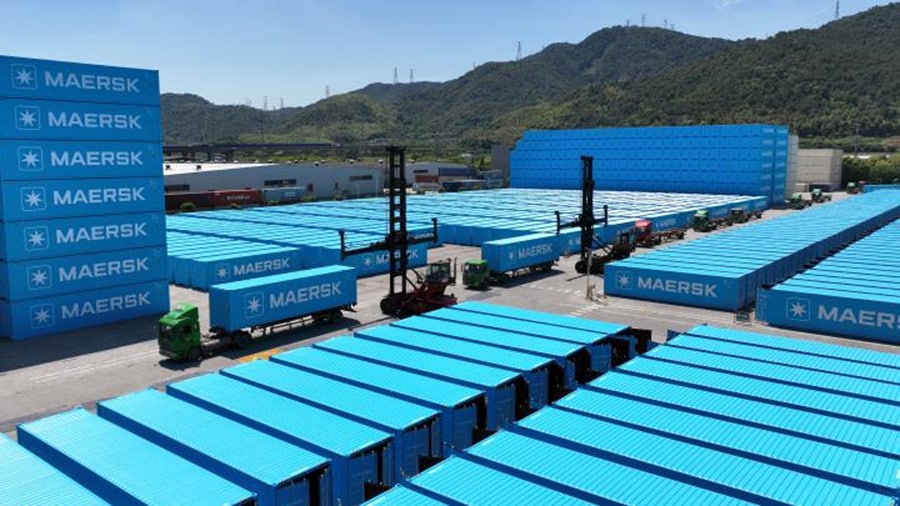Get the latest regulatory updates and make the right supply chain decisions to go all the way.
In an era where customs regulations are evolving faster than ever, the stakes for businesses around the world have never been higher. That’s exactly why we brought together a powerhouse panel of trade experts in our latest webinar, Beyond the tariffs: Navigating supply chain strategies in a changing trade landscape. Leaders from U.S. Customs and Border Protection, Altana AI, the U.S. Fashion Industry Association, and Maersk shared the virtual stage to break down complex regulatory shifts, explore real-world compliance challenges, and reveal strategies for building more resilient, transparent, and responsive supply chains. From the rising importance of trade intelligence to navigating forced labor enforcement and illegal transshipment concerns, the conversation offered a clear message: compliance is no longer just a responsibility, it’s a competitive advantage.
Key highlights from the session:
- Reinforce trade compliance with a back-to-basics approach
In a time of regulatory flux, panelists underscored the importance of getting the fundamentals right. Understanding how your goods are classified, valued, and assigned a country of origin is more critical than ever. Customs enforcement agencies are looking for clear documentation and logical, repeatable processes that demonstrate reasonable care—a foundational principle of the Customs Modernization Act. - Build resilience into your tariff strategy
With evolving tariffs and shifting trade agreements, companies are rethinking how and where they source. The panel emphasized the need to prioritize resilience over efficiency, particularly when facing sudden changes to tariff rates or trade policy. Long-term supplier relationships and flexible sourcing plans can help businesses adapt quickly to new conditions. - Leverage trade intelligence across the business
Forward-looking companies are embedding trade compliance knowledge into procurement, logistics, legal, and finance workflows—not just siloed in compliance teams. Speakers highlighted that using integrated tools and data platforms can turn customs data into enterprise-wide decision support, enabling better responses to questions around tariff exposure and regulatory risk. - Use official customs resources to stay informed
The panel encouraged participants to take full advantage of the many free tools provided by U.S. Customs and Border Protection—such as the ACE Portal, CSMS updates, and the Customs Rulings Online Search System. These resources offer timely policy guidance, import data visibility, and classification support, helping businesses stay compliant amid ongoing changes.

How to prepare your supply chain for what’s next
You don’t need to predict every regulatory change, but you do need to build systems that help you respond when they happen. Start by reviewing how your goods are classified, valued, and sourced—then document that logic. Customs looks for consistency and clarity, especially during audits or enforcement reviews. Invest in internal communication across sourcing, logistics, legal, and finance teams so that decisions are aligned and based on current compliance data. Supply chain transparency isn’t just about knowing your tier-one suppliers, it includes understanding manufacturing processes, materials, and labor conditions across all tiers. Whether you’re managing tariff exposure, forced labor risk, or transshipment concerns, your best advantage is early action backed by accurate data and internal accountability.
Which tariffs apply to your product? Use this step-by-step flowchart
For more information about Maersk Customs Services, reach out to our local experts at chb.northamerica@maersk.com
Tariff Strategies, Trade Compliance, and Supply Chain Solutions
无论您需要什么,我们都可以随时为您提供帮助
I agree to receive logistics related news and marketing updates by email, phone, messaging services (e.g. WhatsApp) and other digital platforms, including but not limited to social media (e.g., LinkedIn) from A. P. Moller-Maersk and its affiliated companies (see latest company overview). I understand that I can opt out of such Maersk communications at any time by clicking the unsubscribe link. To see how we use your personal data, please read our Privacy Notification.
By completing this form, you confirm that you agree to the use of your personal data by Maersk as described in our Privacy Notification.











